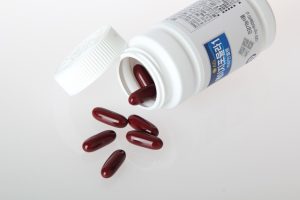Non-surgical facial therapies targeting collagen generation offer a popular anti-aging solution. As collagen decreases with age, these treatments stimulate its production, improving skin elasticity and reducing wrinkles. Various methods like topical creams, microneedling, and RF therapy enhance collagen levels without surgery. Collagen injections are another option for safe, effective rejuvenation. Post-treatment care involves hydration and gentle skincare. Consistent treatment maintains long-term skin health, with regular touch-ups recommended.
Uncover the secrets to achieving youthful, radiant skin with Collagen Boosting Facial Therapy. This comprehensive guide explores non-surgical treatments revolutionizing skincare. Learn how understanding collagen, the cornerstone of a vibrant complexion, is key to combating aging’s effects. Discover the benefits of these advanced therapies, from boosting production to reducing fine lines and wrinkles. We’ll dissect popular methods, ensuring safety and effectiveness, while setting realistic expectations. Master post-treatment care and explore long-term strategies for maintaining your new, rejuvenated look.
Understanding Collagen: The Foundation of Youthful Skin

Collagen is a protein that acts as the backbone of our skin, providing structure and elasticity. As we age, natural collagen production slows down, leading to wrinkles, fine lines, and sagging skin. Understanding collagen’s role in skin health is crucial when considering non-surgical treatments for achieving youthful-looking skin.
Non-surgical facial therapies aim to stimulate collagen generation through various methods, such as targeted topical applications, light therapy, or specific massage techniques. By boosting collagen levels, these treatments can improve skin texture, enhance elasticity, and reduce the appearance of age-related skin concerns, offering a natural and effective alternative to surgical procedures.
The Aging Process and Its Impact on Collagen Production

The aging process is an inevitable journey, and one of its notable effects is the gradual decline in collagen production. Collagen, often referred to as the building block of our skin, plays a pivotal role in maintaining skin elasticity and a youthful appearance. As we age, whether through natural processes or environmental factors, the body’s ability to produce collagen diminishes, leading to fine lines, wrinkles, and reduced skin firmness. This is where Non-Surgical Treatments come into play as a sought-after solution.
The decline in collagen synthesis is multifaceted. It can be attributed to decreased cell turnover, increased free radical damage, and hormonal shifts, all of which contribute to the visible signs of aging. Non-Surgical Treatments offer a gentle yet effective approach to stimulate collagen production, ensuring the skin’s structural support is maintained or restored. By targeting specific pathways involved in collagen generation, these treatments can help reverse some of the age-related changes, providing a more youthful and radiant complexion.
Benefits of Non-Surgical Collagen Boosting Therapies
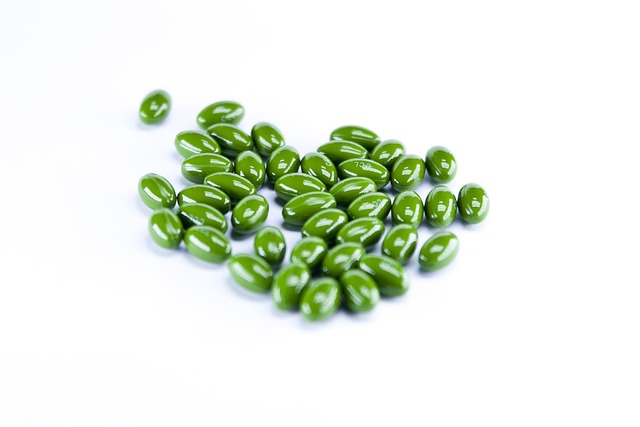
Non-surgical collagen boosting therapies offer a range of benefits, making them an increasingly popular choice for those seeking to enhance their skin’s appearance and overall health. These advanced treatments focus on stimulating the body’s natural production of collagen, a protein essential for maintaining skin elasticity and a youthful glow. One of the key advantages is their minimal invasiveness; unlike surgical procedures, they do not involve incisions or extensive downtime. This makes them an attractive option for individuals who prefer a more gentle approach to skincare.
Additionally, non-surgical treatments provide results that can be seen relatively quickly, with many patients noticing improvements in skin texture and reduction of fine lines and wrinkles within weeks of the procedure. These therapies are also versatile, catering to various skin types and concerns. They can help address age-related collagen loss, environmental damage, and even post-acne scarring, offering a comprehensive solution for achieving smoother, more radiant skin without surgery.
Popular Methods for Collagen Enhancement: A Comprehensive Look
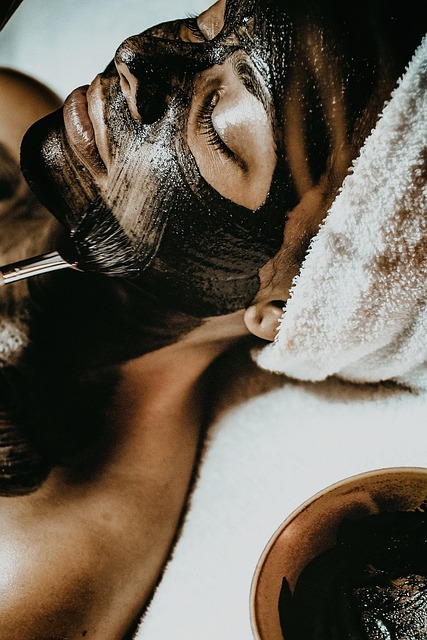
In the quest for youthful, radiant skin, collagen enhancement has become a prominent focus in dermatological treatments. The market is saturated with various non-surgical approaches designed to stimulate collagen production and reduce signs of aging. One popular method involves the use of topical creams enriched with peptides, vitamins, and antioxidants, which aim to nourish and revitalize the skin. These formulations often include ingredients like retinol, vitamin C, and hyaluronic acid, known for their skin-boosting properties.
Another widely discussed technique is microneedling, a procedure that utilizes tiny needles to create micro-injuries in the skin, triggering a healing response that increases collagen and elastin production. This non-surgical treatment has gained popularity due to its minimal downtime and effective results. Additionally, radiofrequency (RF) therapy uses targeted heat energy to stimulate collagen fibers, leading to improved skin texture and a more youthful appearance. These non-invasive methods offer appealing alternatives for those seeking to enhance their collagen levels without undergoing surgical procedures.
Safety and Effectiveness of Collagen Injections
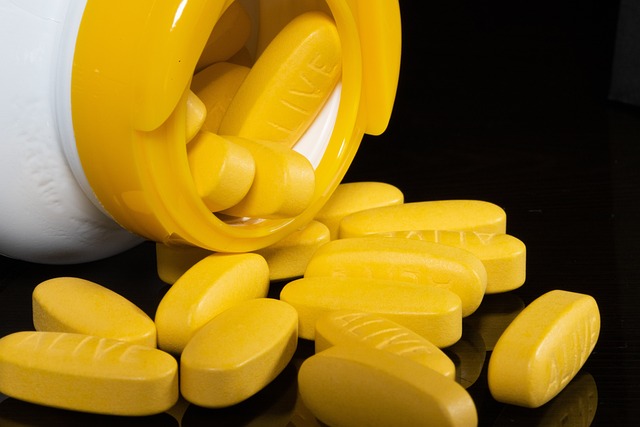
Collagen injections have established themselves as a popular and effective non-surgical treatment for anti-aging skincare. When administered by qualified professionals, these injections are generally considered safe and well-tolerated by most individuals. The procedure involves injecting a natural protein, known as collagen, into specific areas of the face to stimulate skin rejuvenation. Collagen is a key component of healthy skin, providing structure and elasticity, and its topical application can lead to visible improvements in fine lines, wrinkles, and overall skin texture.
The safety profile of collagen injections is supported by numerous studies and years of clinical practice. Common side effects are typically mild and temporary, including redness, swelling, and pain at the injection site. More severe reactions are rare, and the risk can be minimised by choosing experienced practitioners who use sterile techniques and appropriate product formulations. As with any cosmetic procedure, it’s essential to consult a professional who can assess your individual needs and provide personalised guidance for optimal results and minimal risks.
Targeted Areas for Facial Collagen Therapy

Facial collagen therapy, a non-surgical treatment option, focuses on specific areas where collagen degradation is most noticeable, typically the face and neck. These areas are particularly susceptible to the effects of aging, including fine lines, wrinkles, and sagging skin. The treatment targets key zones such as the forehead, crow’s feet (around the eyes), cheekbones, jawline, and neck. By concentrating on these problem areas, professionals can stimulate collagen production, enhance skin elasticity, and restore a more youthful appearance.
Non-surgical treatments offer a safe and effective way to boost collagen levels without invasive procedures. Advanced technologies, such as microneedling or certain topical creams, are employed to induce the body’s natural collagen synthesis mechanisms. These methods promote cellular regeneration, improve skin texture, and reduce visible signs of aging, providing a more radiant and rejuvenated complexion.
Patient Expectations and Realistic Outcomes
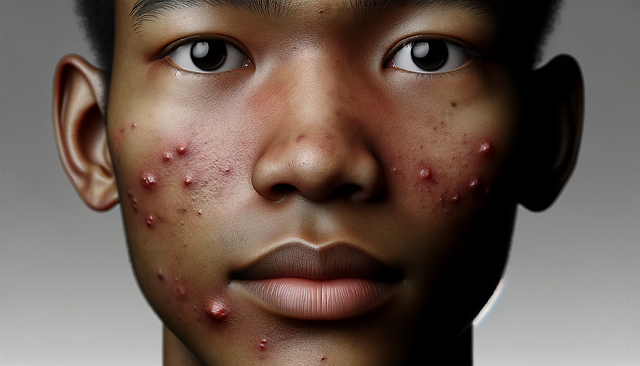
When considering Collagen Boosting Facial Therapy, patients often have certain expectations about their appearance and skin quality. It’s important to manage these expectations by understanding that non-surgical treatments like collagen stimulation take time to show visible results. The process involves enhancing the body’s natural production of collagen, a protein essential for maintaining skin elasticity and a youthful complexion.
Realistic outcomes typically involve gradual improvements in skin texture, reduced fine lines, and enhanced overall skin tone. Patients should be aware that individual results may vary based on factors like skin type, age, and lifestyle. Non-surgical treatments offer a more subtle and natural-looking enhancement compared to surgical procedures, making them attractive options for those seeking to revitalise their skin without the risks and recovery periods associated with surgery.
Post-Treatment Care and Recovery Tips
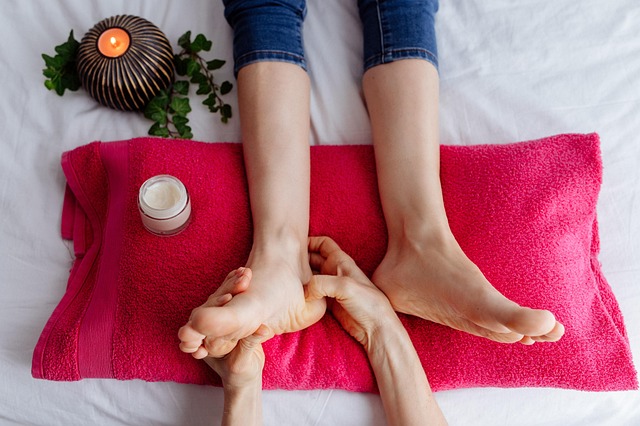
After your collagen-boosting facial therapy session, proper post-treatment care is essential for optimal results and a smooth recovery. Here are some tips to help guide you:
1. Hydration: Keep your skin hydrated by drinking plenty of water throughout the day. Proper hydration supports skin health and aids in the healing process. Avoid exposure to harsh elements like excessive sun or cold winds, as these can irritate your skin.
2. Gentle Skincare Routine: Stick to a simple, gentle skincare routine. Use mild, fragrance-free products to avoid upsetting your skin’s balance. Steer clear of exfoliants, retinoids, or any active ingredients that may cause irritation during the recovery period. A non-surgical approach like this often results in minimal downtime, but it’s crucial to be patient as your skin adjusts and repairs itself.
Long-Term Effects and Maintenance Strategies
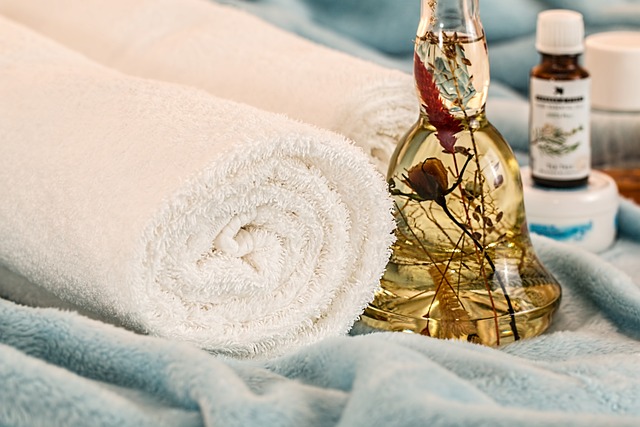
While non-surgical treatments like collagen boosting facial therapy offer immediate results, their long-term effects can be even more significant. Collagen production naturally declines with age, and consistent treatment can help slow this process, leading to sustained skin elasticity and a youthful appearance. However, maintaining these results requires ongoing care.
Regular upkeep is crucial to extend the benefits of collagen boosting therapy. This may involve periodic touch-up treatments, as well as adopting a comprehensive skincare routine at home. Protecting the skin from sun damage, staying hydrated, and avoiding smoking are all essential strategies for preserving collagen levels and ensuring long-lasting results.
